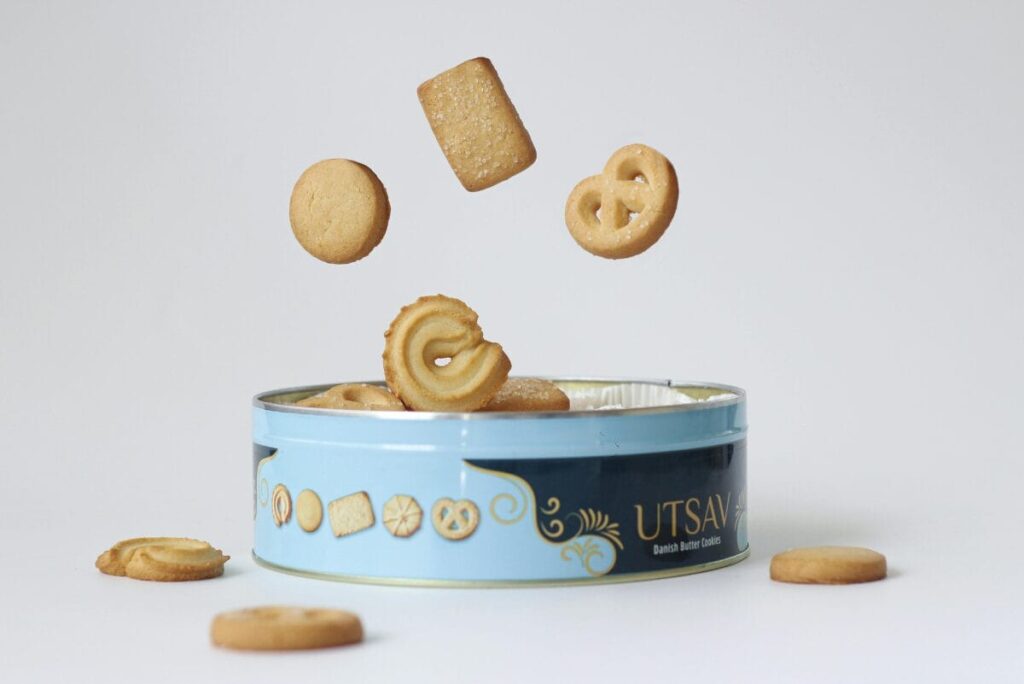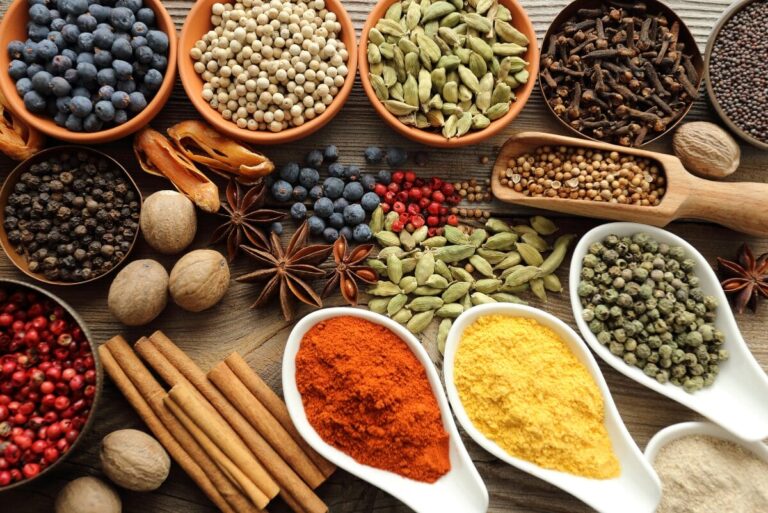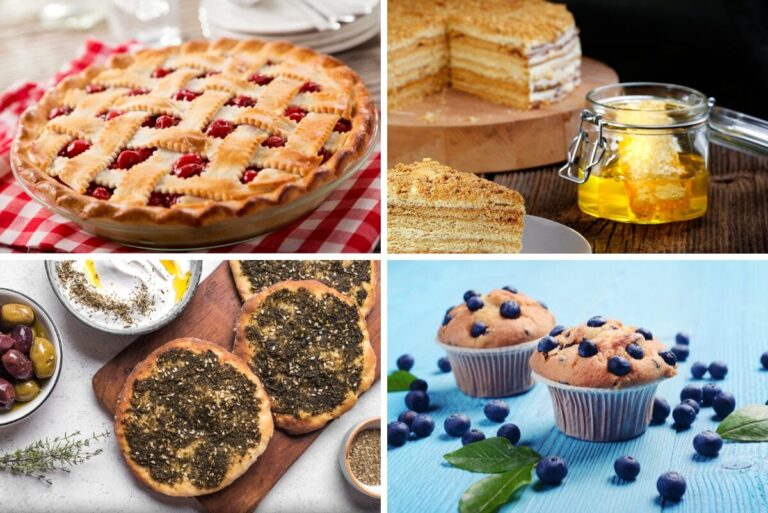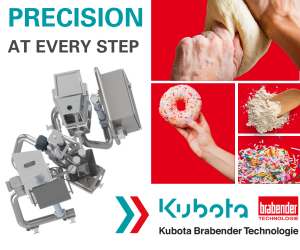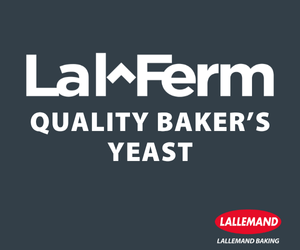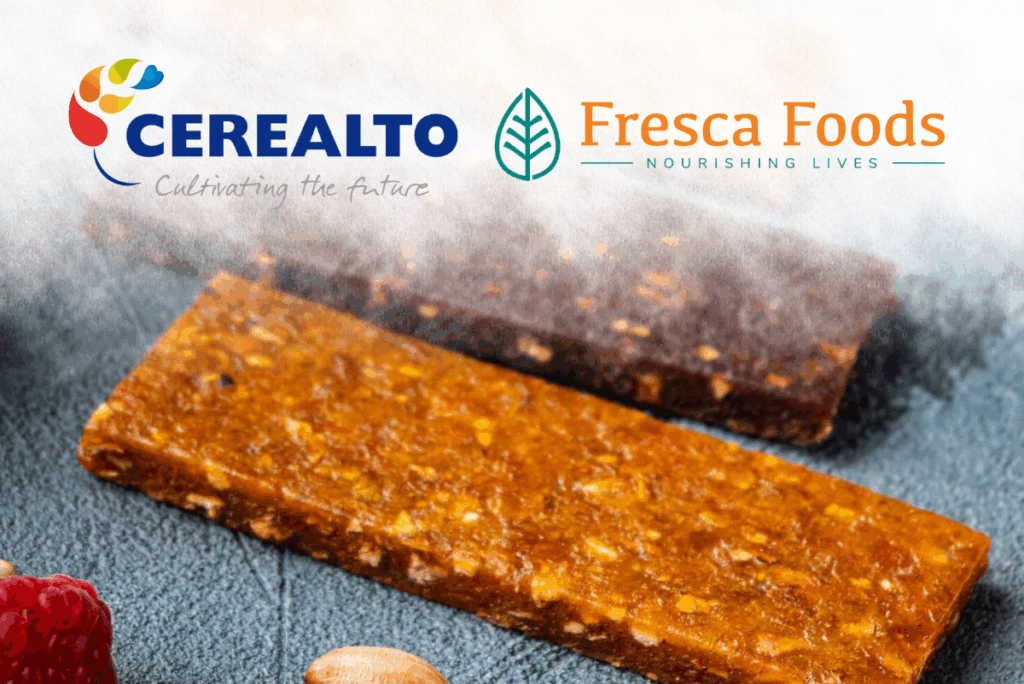At the end of the day, if the product is not safe inside the package — either structurally or in terms of food safety — the brand itself is at risk.
“It’s the [material] quality that protects the product,” Strull said. “But it’s the surface quality that protects the brand.”
It’s not only about the look and vibrancy of the packaging, but it’s also about the consistency. That means packaging colors must be consistent with signage and other advertising, and the product must live up to the imagery on the package.
In fact, how the product lives up to what’s communicated on the package could be the deciding factor in a repeat purchase.
Additionally, how packaging protects the environment can also play a role in a consumer’s choice, and many companies are choosing more eco-friendly materials.
“Often, the easiest way to make packaging more sustainable is to replace plastic with another recyclable material,” Strull suggested. “For instance, paper is recyclable, and it’s reusable.”
Finally, packaging must create an experience.
“Think about how much a consumer’s perception of a product’s quality is related to the package,” Strull said. “It’s such an inherent part of it, that some people declare the quality from the packaging.”
She suggested considering how varied a consumer experience would — or should — be based on a product that touts natural ingredients or is proudly a traditional or hand-crafted baked good. Should the packaging be elegant or simple? Should it have transparency or imagery?
“Keep in mind that just one special effect could have a very meaningful impact,” Strull advised. “When people love the packaging of a product they love, they tell other people about it. Or they post it on social media or create an unboxing video.”
When a brand intentionally focuses on these purposes, the investment in packaging can bring the ROI.

